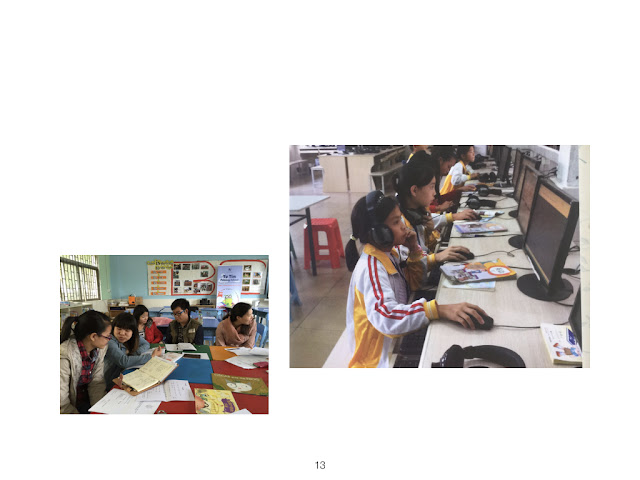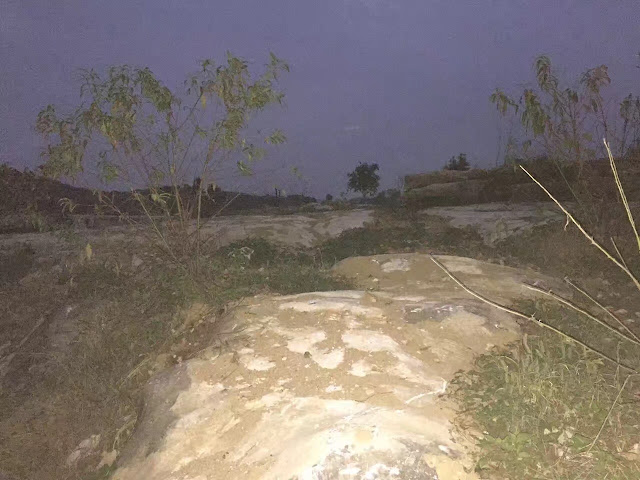Suggestions on How to Help Children and Young People from Disadvantaged Families and New Immigrants Improve English
By Pang Shuk Mei
19th November 2017
Background of writer:
- more than 25 years’ experience in teaching secondary school students’ English
- five years as principals of EMI secondary schools
- 3 years’ experience in training English teachers in Mainland China as a volunteer
- 2 years’ experience in tutoring new immigrant students and LEP (Low English Proficiency) students in Tin Shui Wai
Observations:
- Huge gap in terms of English proficiency between the LEP students and the proficient ones(1). The LEP students are mostly from families who do not have the support for English learning (2). One indicator is the limited amount of English reading conducted outside school(3).
- Primary school English textbook contents are increasingly difficult, especially for the junior grades
- great variations in English curriculum across kindergartens (4)
- New immigrant students from China receive inadequate support to their English learning (5)
- a large number of students in Tin Shui Wai are attending tutoring programs after school offered by NGOs in community centres or private tutoring centres in shopping malls, and many in private and public residential buildings (6)
- Prices of five-day after school tutoring range from $800 to over $2000 per month in Tin Shui Wai
- Tutors’ salary can be as low as $50 for private tutoring centres
- Each tutor can be assigned 10 students to look after
Suggestions:
EDB should issue a concrete English curriculum for different grade levels, specifying the core vocabulary, sentence structures, and language functions. The existing ones are too general. The core English curriculum will narrow the gap among kindergartens and primary schools. A core vocabulary list will help teachers both at school or after school programs control the difficulty of words for reading and dictation.
2. Assessment
- EDB and HKEAA should design and upload sample online assessments for parents, teachers and students.
- The assessments include reading, reading aloud, vocabulary, grammar, and listening.
- These help teachers, parents and students to have a relatively objective assessment of each student’s English competence in different areas.(7)
3. New Immigrant Students
- The number of new immigrant students each year and at different times of the year in different districts should be updated and made known to the public. The data will help the government and the interested parties to set up English bridging programs for these students in places where they reside.
- The two existing English bridging centres, one in Mei Foo and one in North Point, are far from adequate in catering to the needs of the immigrant students living in different parts of the territory.
- Each new immigrant student should be assessed their English proficiency immediately on arrival.
- Schools should make use of the assessment data to assign suitable English bridging programs for each student. (8)
- In case schools cannot afford to cater to the full needs of such students for different reasons, the students should have the opportunity to take English bridging programs outside schools.
4. Poverty Relief English Improvement Fund (PREIEF)
- The fund is aimed at reducing the number of LEPs among students from the low-income families and new immigrant students.
- The fund is to be set up by collaborative efforts of the private sector.
- The fund is to provide financial support for LEP students and new immigrants who are from low-income families to take quality additional English learning lessons.
- The fund will operate in a way similar to that of Health Care Voucher. For example, each new immigrant student will go through an assessment of their English level. They will be entitled to receiving a set amount of subsidy for modules of 50-hour English program. For instance, a new immigrant student who is diagnosed as 4 levels behind the standard should go through 400 hours additional learning time. With the support of the PREIF, the student will have English Improvement Voucher for 8 modules of 50-hour program. These programs can be provided by education centres or individual teachers serving in “English Learning Clinics” who are certified by authorised bodies.
- Adults who have the academic qualifications and aspire to serve as a private English tutor can apply for becoming a member of “Poverty Relief English Improvement Teachers Association”. Training, certification assessments and regular re-assessment systems can be set up with the support of the PREIF.
- Pilot projects of the PRIEF can be launched in areas such as Tin Shui Wai and Tsuen Wan where there are large numbers of newly arrived students or from families which do not provide the English learning support to children.
Footnotes:
1. Data can be from TSA results across years and districts, and from HKEA
2. Research on LEP students and their family background is rendered
3. Case 1
4. Research should be conducted by EDB
5. Government subsidy for a primary school child is around $3000 and around $5000 for the secondary student. Most of the money is spent by schools on activities like ‘getting to know Hong Kong’. Usually schools group the immigrant students together and provide a 10-lesson for English bridging. In schools where the number of new arrivals is fewer than 10, they do not offer any bridging programs.
6. Data can be collected through schools or by research bodies
7. There are some online assessments by different companies, but standardised ones designed for Hong Kong context will be useful to all parties
8. In some cases I encountered, the students joined form one in a Hong Kong school and by the time they reached Form Three, they remained at K2 level.
Appendix
Case 1
A student who just completed Form One in a CMI secondary school in Tin Shui Wai failed to find a secondary school in Shatin between July 2015 and March 2016. He failed to meet the English requirements of the schools he applied for. He failed the English admission tests. After around 200-hour English coaching, he managed to be accepted by a school in Shatin in March 2016. By July 2017, he made into the EMI school in Form Three.
Case 2
A student from Conqing finished three quarters of form three when he came to Hong Kong. I administered two assessments for him and identified his English level as K2 Hong Kong. He couldn’t even get the 26 letters correct. In Conqing he started learning ABC in form one. That means he had more than 2 and a half years’ English learning experience. After coaching for 200 hours from April 2016 to August 2017, his English has improved from K2 to around grade 4 (Hong Kong).
Case 3
A student from Shenzhen who studied in a school for Hong Kong children arrived in Hong Kong in July 2016. Her English proficiency was assessed about grade 4 (Hong Kong). She would study in a CMI class in a school in Tin Shui Wai. Immediate intensive coaching program started. She completed 250 hours one on one intensive coaching in a year. By July 2017, her English proficiency was about average Form One student in Hong Kong. She was promoted to Form Two and was transferred from the CMI to the top EMI class in her school. Her parents paid around $25000.
Comments are welcome.























































































